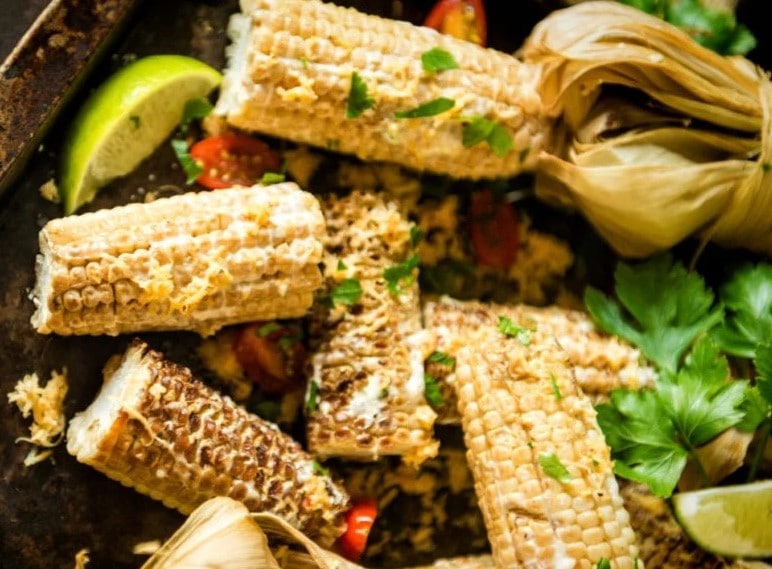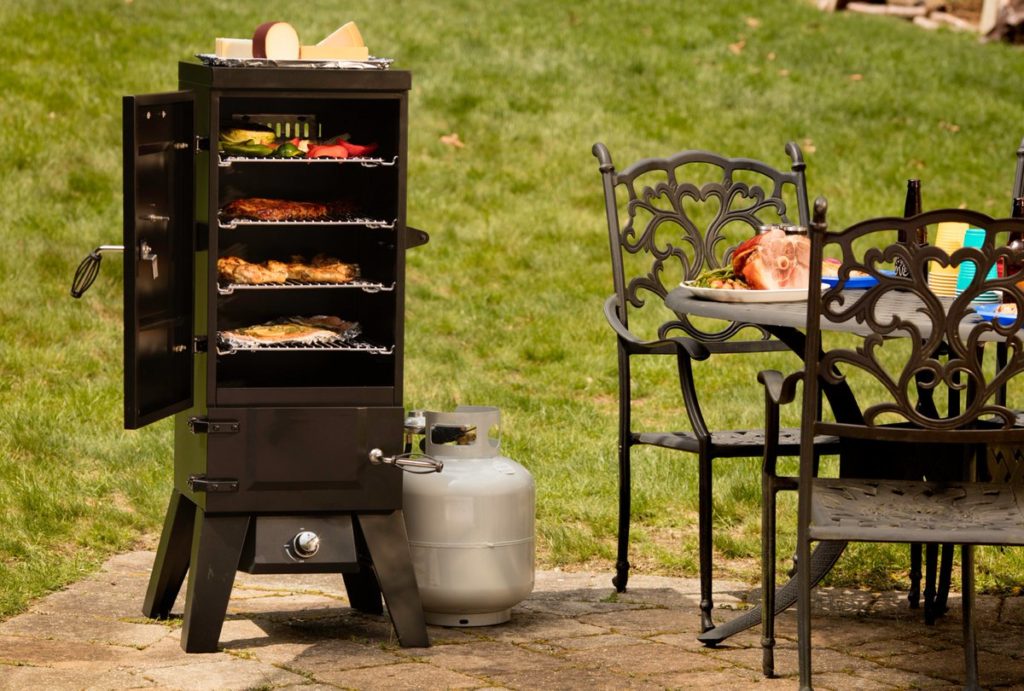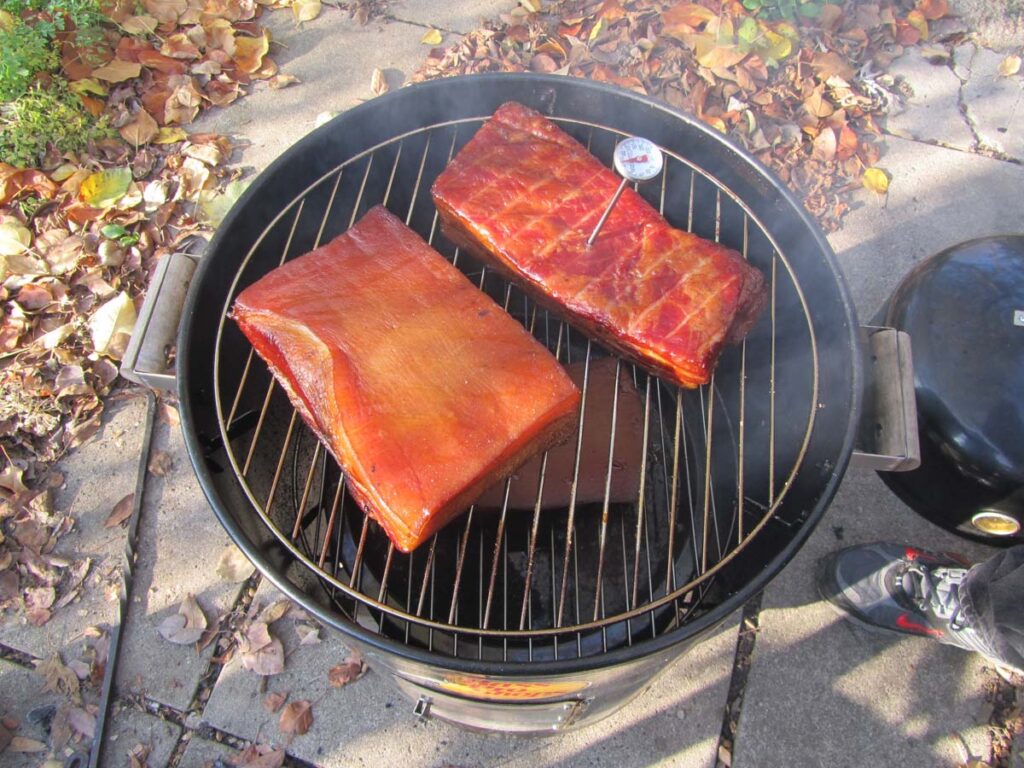

Brisket, which comes from the lower chest or breast of veal or beef, is among the nine primal cuts of beef. It consists of lean pectoralis profundus and the fatty pectoralis superficialis muscles that cattle use often to support 60% of their weight as they stand or move around. As a result, brisket is flavorful though marbled with a lot of connective issues that require correct cooking to be tender. Add that to its sheer size and it intimidates a lot of people. According to most reviews, Aaron Franklin brisket sets the standard when it comes to cooking this primal cut. It is named after the famous award-winning pitmaster with a popular BBQ joint in Texas, a bestselling cookbook and a show on PBS where he shares recipes that should make preparing this primal cut less daunting.
Did you know that brisket was once considered a low-value cut before the USDA introduced
Institutional Meat Purchase Specifications (IMPS)
Trusted Source
Institutional Meat Purchase Specifications | Agricultural Marketing Service
IMPS are a series of meat product specifications maintained by AMS. They are developed as voluntary consensus specifications. Large volume purchasers such as Federal, State and Local Government agencies, schools, restaurants, hotels, and other food service users reference the IMPS for procuring meat products.
www.ams.usda.gov
which allowed consumers to procure precise meat cuts? Read on for more nformation. Among the tips you will learn in our guide on cooking Aaron Franklin brisket is that smoking it on low, indirect heat yields the best results.
We have already mentioned that brisket is tough because it is sourced from muscles that get a good workout and bear a large percentage of the body weight. So, you should opt for a primal or choice cut with plenty of marbling that can be rendered down for a juicy brisket. To do this, you need to understand the composition of the parts that make up brisket.
First, there are pectoralis superficialis referred to as the point. They are oval-shaped, thick, narrow and fatty muscles. Secondly, there are pectoralis profundus, also known as the flat. These muscles are rectangular, long, thin and lean. These two distinctive parts make the packer cut of Aaron Franklin brisket.
Now that we have established the differences between the two parts, let’s continue with the features you should consider before choosing a brisket.
Flat available in 3 to 6 pounds is what you will find in most butcher shops, but the Texas-style Franklin BBQ brisket recipe consists of the flat and the point muscles. To achieve succulence and to ensure the brisket is evenly cooked, look for a cut with a thick flat, too. A cut with flat and point muscles that are closer in size will help you avoid overcooking or undercooking one side.
A well-marbled brisket will also feel firm in your hands, but not too stiff.
The following are indicators of the meat you should avoid when buying brisket: Meat from cattle that have been fed antibiotics and hormones to speed up their growth to slaughtering weight might have a hard and thick fat cap.
Vacuum-sealed brisket with lots of blood is a good indicator of previous freezing which might make the meat mushy since ice can break down the connective tissues.
We recommend buying USDA Prime, USDA Choice and Certified Angus Beef Trusted Source Beef Grades | Certified Angus Beef® All beef is inspected for wholesomeness by the U.S. Department of Agriculture (USDA)*, and is graded for quality and consistency. You’ve heard of Prime, Choice and Select grades – and Prime tops the grading scale. Marbling plays a big role in quality grades. www.certifiedangusbeef.com . Ideally, look for a whole packer brisket for full control over its trimming which we have discussed in the next section.
Typically, such a packer comes in a vacuum-sealed plastic bag with a packing date and weighs 8 to 16 pounds. Look for briskets that are wet aged for 28 to 45 days because the muscle enzymes will have tenderized the meat but not too much to be saggy.
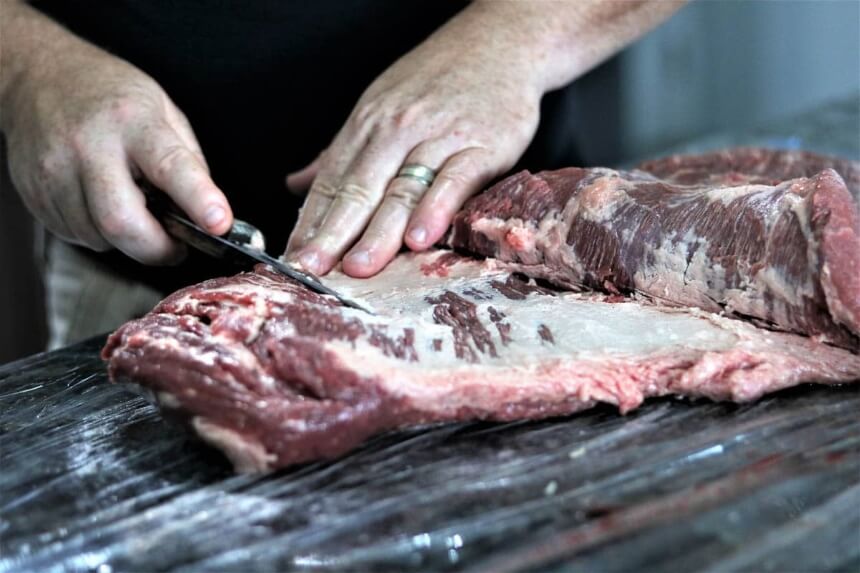
While some people may prefer trimming off this fat cap after cooking, doing it beforehand will allow seasoning to penetrate the meat better.
We will discuss the various techniques that you should adopt to ensure that you remove additional fat from your brisket but not too much of it that the meat dries out and disintegrates in the smoker.

To make a 12-pound brisket, you should use ½ cup of kosher salt and ½ cup of ground black pepper.
Start by mixing the ingredients evenly in a shaker so the salt does not settle at the bottom.
Then place the brisket with the fat side facing down.
To enable the seasoning to stick, wet the meat with a little water, hot sauce or mustard. Use one hand to spread the slather and move the brisket and your other hand to apply the rub.
Sprinkle the rub in an even layer until it covers the whole side and be careful not to put too much salt and pepper in deep pockets. Then pat the rub gently.
Next, cup the edge with one hand and pour the rub into the other hand. Move the hand with the rub along the entire length while pressing the rub into the brisket.
Do the same for the other side and then flip the meat over so the fat side is now facing upwards.
Repeat the process of slathering and then sprinkling the rub, and then pat it afterwards.
To allow the brisket to properly absorb the rub, let it rest at room temperature for approximately 30 minutes to half an hour. During this time, the applied salt will also draw out the internal moisture for a more even cook.
While Aaron Franklin brisket camp recommends equal measures for salt and pepper, some people may choose to apply more salt than pepper on the point and more pepper on the lean flat.
In this section, we are going to discuss everything you need to know before smoking Aaron Franklin brisket.
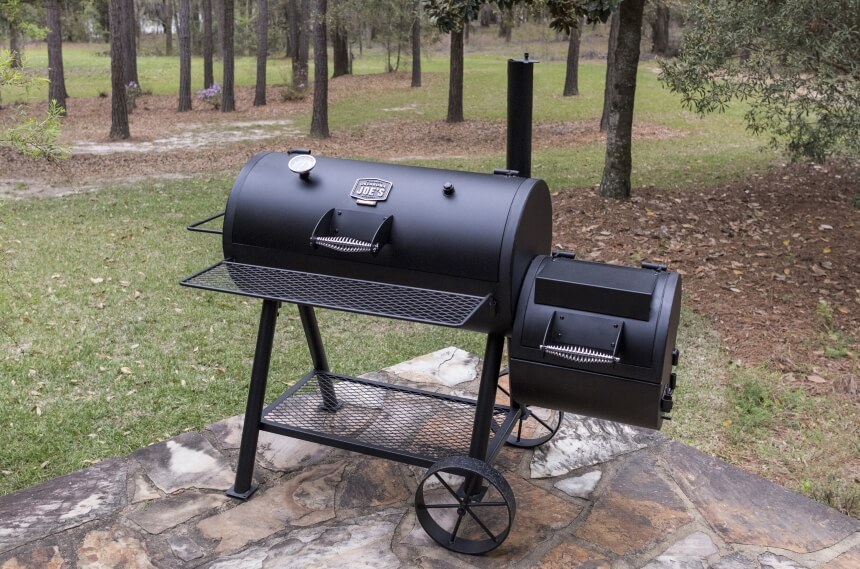
However, the same techniques that the America’s favorite chef uses are applicable for charcoal grills and other smokers such as Traeger Texas Elite 34, a grill smoker combo with a digital elite controller to maintain consistent internal temperature.
You will need to smoke a 12-pound brisket for up to 12 hours so it can cook evenly. This is one of the reasons majority of people find this dish intimidating.
You need a constant 255°F heat for the meat to come up to Aaron Franklin brisket temp. To save time, you can set your smoker’s temperature while the meat is still resting.
You will also notice that the cooking temperature varies according to the cooking stage of the brisket.
Place the meat in your smoker with the fatty side closest to the fire, and then close the lid.
Leave it for three hours while ensuring the cooking temperature is consistently at 255°F and the smoke is light with a bluish color. These conditions are important to allow the brisket flavor to set in.
Once this time has passed, check the brisket which should now have an even bark and a mahogany color.
Reduce the temperature if the meat has splotchy bark, rendered fat, or if it is burning or drying out in some places. Dirty smoke could also be responsible for discolored brisket if there are no signs of rendered fat or crispiness. So, ensure you invest in good quality of wood. Aaron Franklin’s brisket wood of choice is Post Oak cured for a period of 9 to 12 months. It emits little soot while imparting a mild, smoky flavor.
Observe the appearance of the smoke as the brisket cooks so you can adjust it and remedy the situation, if need be.
Sprinkle the drying parts of the meat to cool them before you close the smoker.
Next, increase the cooking temperature to a range of 260°F to 265°F and let the meat cook for another three hours. Remember to spritz the brisket after every hour during this time.
The next six hours are referred to as the stall which results from evaporative cooling. At this stage, the internal temperature is around 165°F and the brisket cools down as the muscles tighten and force moisture out. At this temperature, beef is normally well done but brisket would still be very tough. To break down collagen into gelatin and make the meat tender, increase the internal temperature to more than180°F.
To minimize the effects of the stall, raise the cooking temperature to a range of 280°F to 285°F just before the stall period begins. This high temperature will not burn your brisket because the moisture during the stall will counteract it. Let the brisket cook at this temperature for an hour and then check the meat to see if it is stiff. A good indicator that the brisket has passed the stall is bending edges.
There are two ways of checking whether the meat is ready for wrapping. One, is a firm but slightly drooping flat. The other is the bark which will have cracks in some areas as a sign of rendering fat.
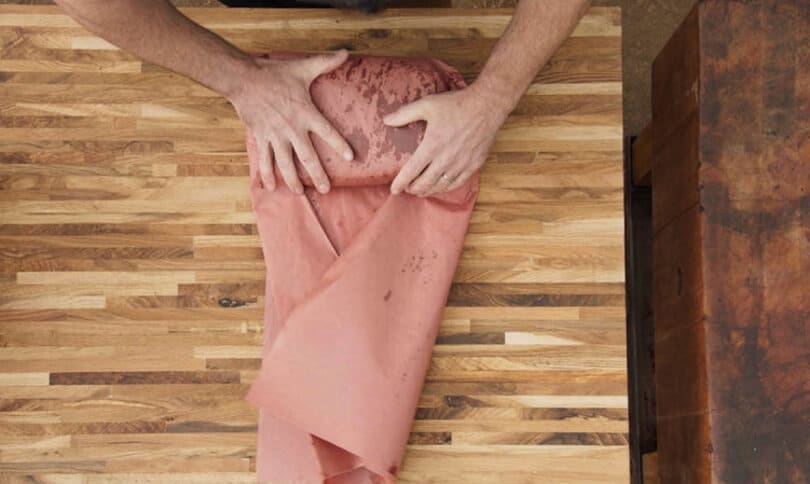
Let it cook at a temperature of between 275 to 285°F for three hours. Next, reduce the temperature for another hour for fat to continue rendering. Do not exceed this time at this temperature so the residual heat after you remove the brisket from the smoker does not overcook it.
Check whether the brisket is now tender and pliable by moving your fingers along its length. This should be done after every 15 minutes to avoid overcooking it. Remember to use a towel to avoid burning your fingers.
If it is ready, remove the brisket from the smoker and allow for a resting period of until it cools down to internal temperature of 140°F to 150°F. The meat should still be wrapped during this time.
As we mentioned, meat still continues cooking during the resting period, also known as carryover cooking time, so it is going to take a while before it has cooled. This is because the interior of the brisket gradually absorbs heat from the exterior parts through conduction while the exterior is heated in the smoker through convection. The rate at which it will cool down will be determined by the ambient temperature and the temperature that the smoker was at before you took off the brisket. It could take half an hour on a cool and windy day or up to two hours when it is sunny.
Only cut the brisket right before serving so it does not dry out.
You will need the best knives for slicing brisket such as the Aaron Franklin brisket knife to make clean cuts. Slice the meat against the grain on the leaner flat until you reach the fattier point.
Next, turn the brisket at a right angle and slice against the grain while being taking note not to cut the bark.
The way you cut the thicker and leaner parts will differ because their respective grains also run differently. The former cut will be as thick as a large pencil while the latter will have thickness of a small pencil.
The finished brisket should be wrapped in a butcher paper, foil and a towel before placing it in a cooler for a couple of hours.
Important to know: Aaron Franklin brisket injection guide advices against using any. However, if you want to add a twist to the recipe, you could use beef broth to inject brisket.
A number of factors contribute to the fear some people have of messing up while preparing briskets. It seems like every step requires special skills; trimming correctly to leave the ideal amount of fat, adjusting heat at various stages for even cooking, slicing properly according to the different grain patterns, and timely wrapping for a tender and juicy meal. Then you have to factor in the long cooking period. But as the Aaron Franklin BBQ brisket recipe shows, making this dish incorporates simple techniques which we have explained in detail. It might take you a few tries to get everything right but our guide features the brisket step-by-step instructions and tips you need to make a culinary masterpiece.
